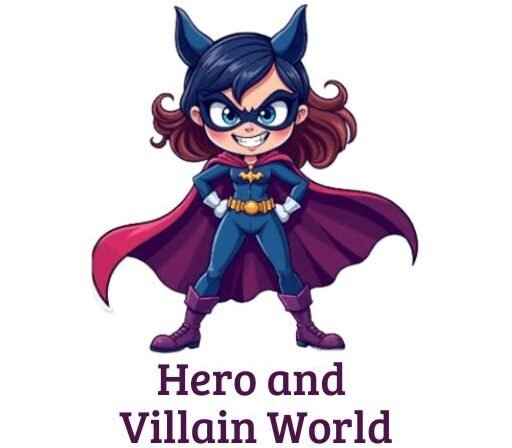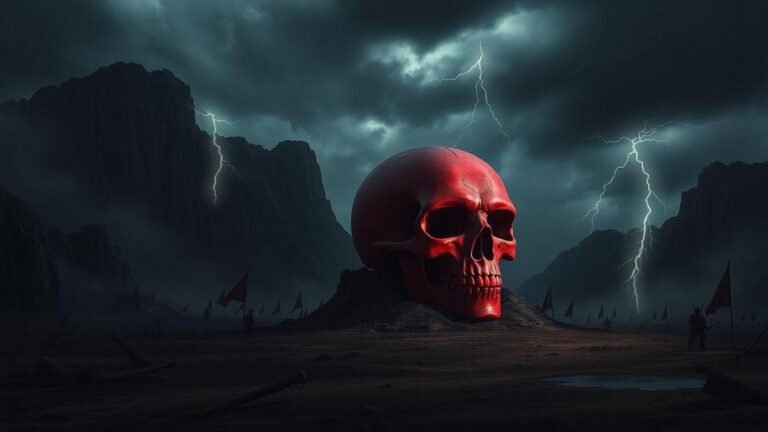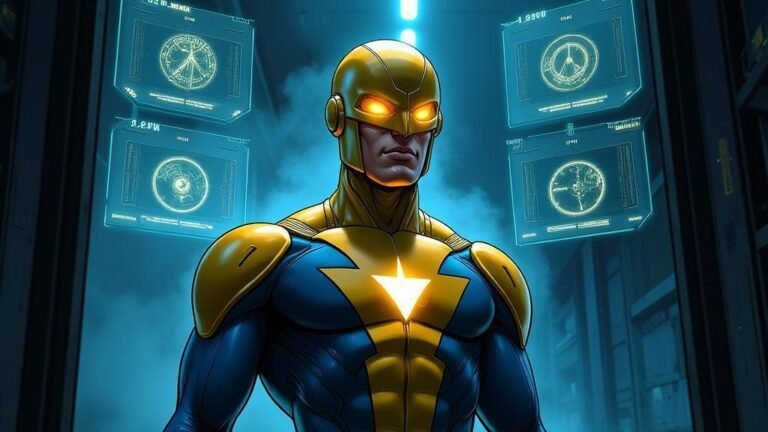DC Villains: Darkest Secrets Revealed
Have you ever wondered what lurks in the minds of the most sinister villains of the DC Universe? From the sly and cunning Joker to the ruthless Lex Luthor, DC villains have captivated fans for decades with their complex personalities and enigmatic plots.
But what’s behind their nefarious actions and schemes? Let’s dive deep into the shadows and unveil the secrets of these iconic villains.
The Origins of Villainy
Understanding why a villain becomes, well, villainous, is crucial to fathom the DC Universe’s darker side. Many DC villains share characteristics that trace back to traumatic events or the desire for power.
| Villain | Origin Story | Main Motive |
|---|---|---|
| The Joker | Failed comedian turned criminal | Chaos |
| Lex Luthor | Business magnate with a grudge | Power |
| Harley Quinn | Psychiatrist turned psychopath | Chaos and love |
| Catwoman | Tragic upbringing | Self-preservation |
| Darkseid | Tyrannical ruler of Apokolips | Universal dominion |
Behind every villain, there’s a story, often heartbreaking, of loss, revenge, or sheer madness. These origin tales offer a glimpse into what makes these characters tick and why they tread the path of villainy.
Why We Love to Hate Them
There’s something irresistibly intriguing about villains. They represent the forbidden and the frowned upon, yet they hold a certain allure. Whether it’s their charisma or their twisted sense of morality, DC villains often steal the spotlight from superheroes.
Audiences are drawn to their unpredictable nature and the constant question of what they’ll do next. This fascination is part of what makes the DC universe so compelling.
When it comes to villains like the Joker, his unpredictability is both terrifying and mesmerizing. On the other hand, someone like Lex Luthor fascinates us with his intelligence and strategic thinking, often making audiences question their own values and beliefs.
The Psychology Behind Villainous Behavior
What drives someone to commit heinous acts? This section delves into the psychological aspects that shape the behaviors of DC’s infamous villains. Experts suggest that certain personality disorders, as well as traumatic experiences, are common threads among these antagonists.
For instance, many villains display characteristics akin to narcissistic personality disorder, where there’s an inflated sense of self-importance.
Consider Lex Luthor, whose ego is greater than his desire to contribute positively to society. Similarly, his hatred for Superman often stems from his insecurities and perceived inferiority.
“It’s not who I am underneath, but what I do that defines me.”
An exploration into guilt, shame, and redemption often reveals that these characters express the darkest parts of the human psyche. Their stories mirror what could happen should our own fears and desires go unchecked.
Villainous Technologies and Resources
One of the most fascinating aspects of DC villains is their access to incredible resources and technologies. From state-of-the-art weaponry to henchmen at their beck and call, these criminals have the means to wreak havoc on a grand scale.
- Advanced Gadgets: Think Joker’s lethal pranks or Riddler’s confounding puzzles designed not just for evil but for the ultimate intellectual battle.
- Secret Lairs: Many villains possess imposing hideouts like Luthor’s laboratory or Penguin’s iceberg lounge, serving as command centers for their operations.
- Henchmen and Allies: Most villains, including Bane and Harley Quinn, utilize loyal followers to execute their plans, illustrating the depth of their influence beyond just chaos.
These tools of villainy amplify their menace and often put them on par with the power of the superheroes they face.
The Code of Conduct Among Villains
Despite a shared affinity for mischief and mayhem, not all villains get along. Each has their own code and boundaries. For example, while Joker has little regard for life, others, like Poison Ivy, may take a moral stance on issues like environmental conservation.
In various story arcs, we see villains grappling with alliances and betrayals, showcasing that even in the world of villainy, there is a complex social web. These interactions sometimes highlight a surprising sense of camaraderie, especially when villains unite against a common enemy – often, the superheroes themselves.
Villain Relationships: Archenemies and Strange Bedfellows
Villains aren’t isolated entities. Their relationships with heroes, other villains, and civilians are central to their stories. Joker and Batman represent one of the most emblematic hero-villain relationships, a never-ending battle of wits and morality.
On the other hand, the relationship between Harley Quinn and the Joker exemplifies toxic love. Their dynamic shows how manipulation and obsession can drive villains to unpredictable ends.
These intricate webs of relationships add layers to every storyline, making the DC universe not just about battles, but about deeply flawed, often heartbreaking human experiences.
Female Villains Breaking New Ground
Female villains in the DC Universe are breaking stereotypes and challenging norms. Characters like Harley Quinn, Poison Ivy, and Catwoman are more than just adversaries; they are complex figures fighting for their own agendas. Whether it’s power, revenge, or love, these women are just as formidable, perhaps even more so, than their male counterparts.
They are multi-dimensional characters who also explore themes of independence and redemption. For many fans, these female villains serve as powerful icons in their own right, showcasing strength in vulnerability and complexity in motives.
The Line Between Hero and Villain
Many DC villains blur the lines between hero and villain, which is what makes their characters so compelling. Characters like Catwoman and Harley Quinn often toe the line of morality. They’ll occasionally team up with heroes or step into a “grey” zone of ethics.
This ambiguity forces audiences to question the nature of good and evil and what truly separates heroes from villains. This nuanced portrayal of characters provides richer narratives and a better understanding of what motivates individuals beyond labels.
Conclusion
DC villains offer a fascinating lens through which we can explore the complexities of morality, choice, and consequence. They are not just adversaries to heroes but central figures in stories that examine the depths of the human condition.
Each villain adds something unique to the DC Universe, bringing forth narratives rich in potential, allowing audiences to relate, reflect, and sometimes even cheer for the ‘bad guy’.
FAQ – Common Questions
Who is the most dangerous villain in the DC Universe?
While it’s subjective, many consider Darkseid due to his immense power and ambition for universal domination.
Does the Joker have a fixed origin?
No. The Joker’s origin is often ambiguous and inconsistent, with multiple versions presented across different DC media.
Has Lex Luthor ever regretted his actions?
There are storylines where Lex Luthor shows remorse and even allies with heroes, but he usually reverts to his old ways.
Is Harley Quinn always a villain?
No, Harley often walks the fine line between hero and villain, occasionally siding with the good guys.
Why do villains often team up against superheroes?
These alliances often stem from a shared interest in defeating a greater threat, forming a strategic union of forces.






